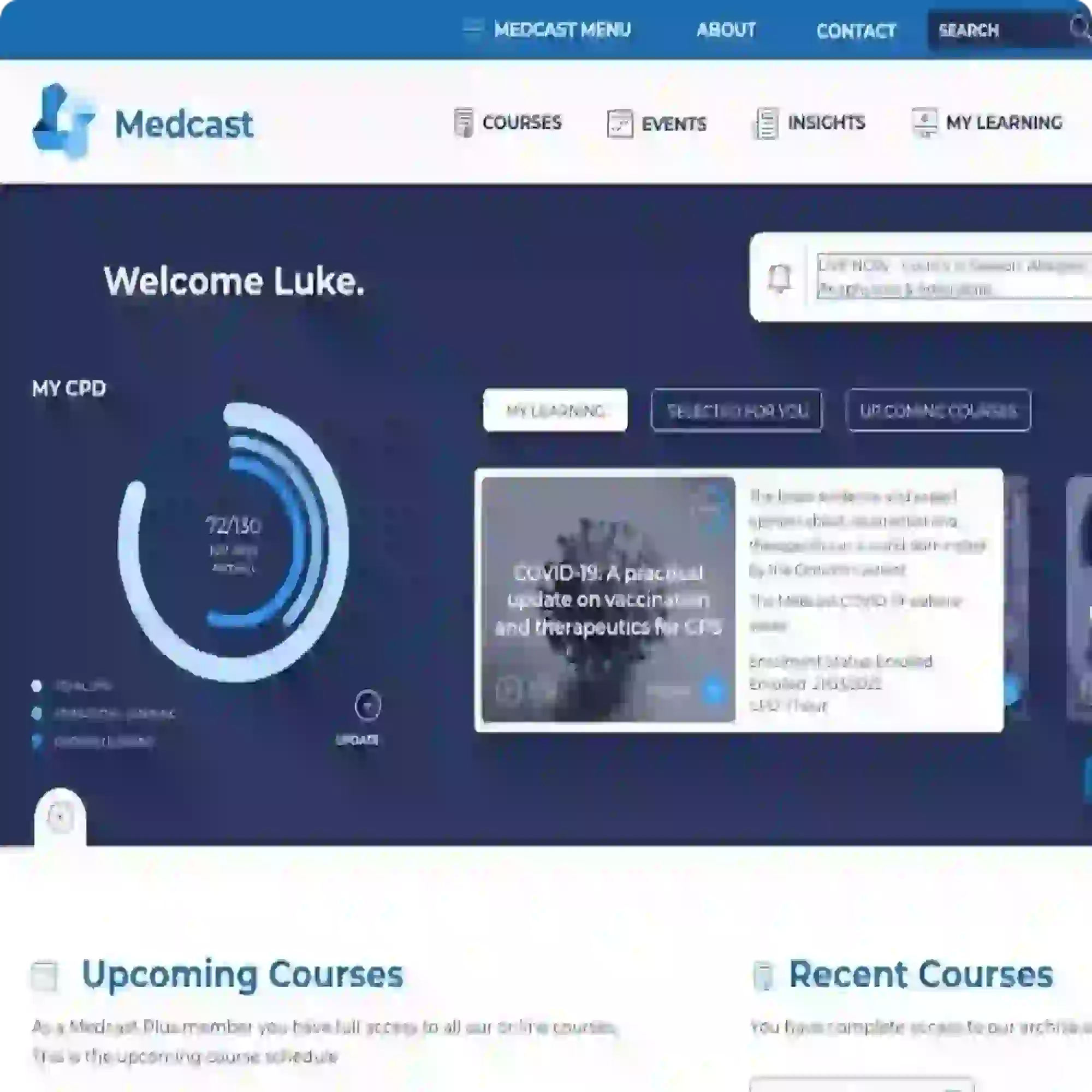Peripheral Arterial Disease: Assessment Techniques
PAD Morbidity and Mortality
Did you know that peripheral arterial disease (PAD) is asymptomatic in 50-75% of cases(1)? This is an alarming statistic, especially when we consider that PAD is a strong risk factor for cardiovascular disease (the leading cause of death worldwide).
Considering also that 25% of cases of sudden cardiac death have no prior symptoms or appreciable risk factors(2), the need for early detection of PAD becomes clear.
As well as its link to mortality, PAD is a leading cause of morbidity - PAD can lead to foot ulceration, which can lead to amputation - with devastating physical and emotional impacts on the individual as well as significant financial implications for the health system.
Currently, PAD is underdiagnosed, hence undertreated(3). There is a compelling need for more targeted screening in at-risk populations to reduce morbidity and mortality rates in people with PAD.
Barriers to screening
One of the reasons for underdiagnosis is inadequate screening due to a lack of knowledge among Health Professionals of which assessments are most effective in making a diagnosis of PAD. Commonly used tests for PAD have limited sensitivity in the most at-risk populations (4). Clinical assessments range from simple observation to more complex ABI (ankle-brachial index). Research supports the use of some, but not all of these assessment techniques. Below are some of the most common:
- Palpation of pedal pulses
- Buerger’s sign
- Capillary filling time
- Simple doppler ultrasound
- ABI
- Toe pressures
Another barrier to effective screening is that certain guidelines don’t reflect the latest evidence.
With all this in mind, I’m sure you’re keen to learn more. Join us on Monday, August 6th at 7.30PM (AEST) for a one-hour webinar, where our expert presenter Dr Sylvia McAra will share a best-practice approach to assessing PAD using evidence-based clinical tests.
This is a multidisciplinary webinar for Podiatrist, GPs and Nurses. Click here to read more and enrol.
References:
The Medcast medical education team is a group of highly experienced, practicing GPs, health professionals and medical writers.
Become a member and get unlimited access to 100s of hours of premium education.
Learn moreThe Coordinated Veterans’ Care (CVC) Program is a DVA initiative that allows GPs to provide structured, proactive care in the community for eligible veterans and war widows. This FastTrack provides a guide to billing the CVC program, and outlines a strategy for its practice-wide integration.
Achilles tendinopathy is a common cause of posterior heel pain and functional impairment. GPs are well-placed to coordinate care for these patients. This FastTrack fact sheet provides a concise summary of diagnosis and non-surgical management, including when to refer. Earn 30mins each RP and EA CPD with the quiz.
Over 3% of GP consultations in Australia involve skin lesions, yet many practices are billing these procedures incorrectly, putting themselves at risk of noncompliance or missing out on legitimate remuneration. This Business skills FastTrack explains the MBS item numbers pertaining to skin lesions for GPs, including eligibility criteria and practical tips.

